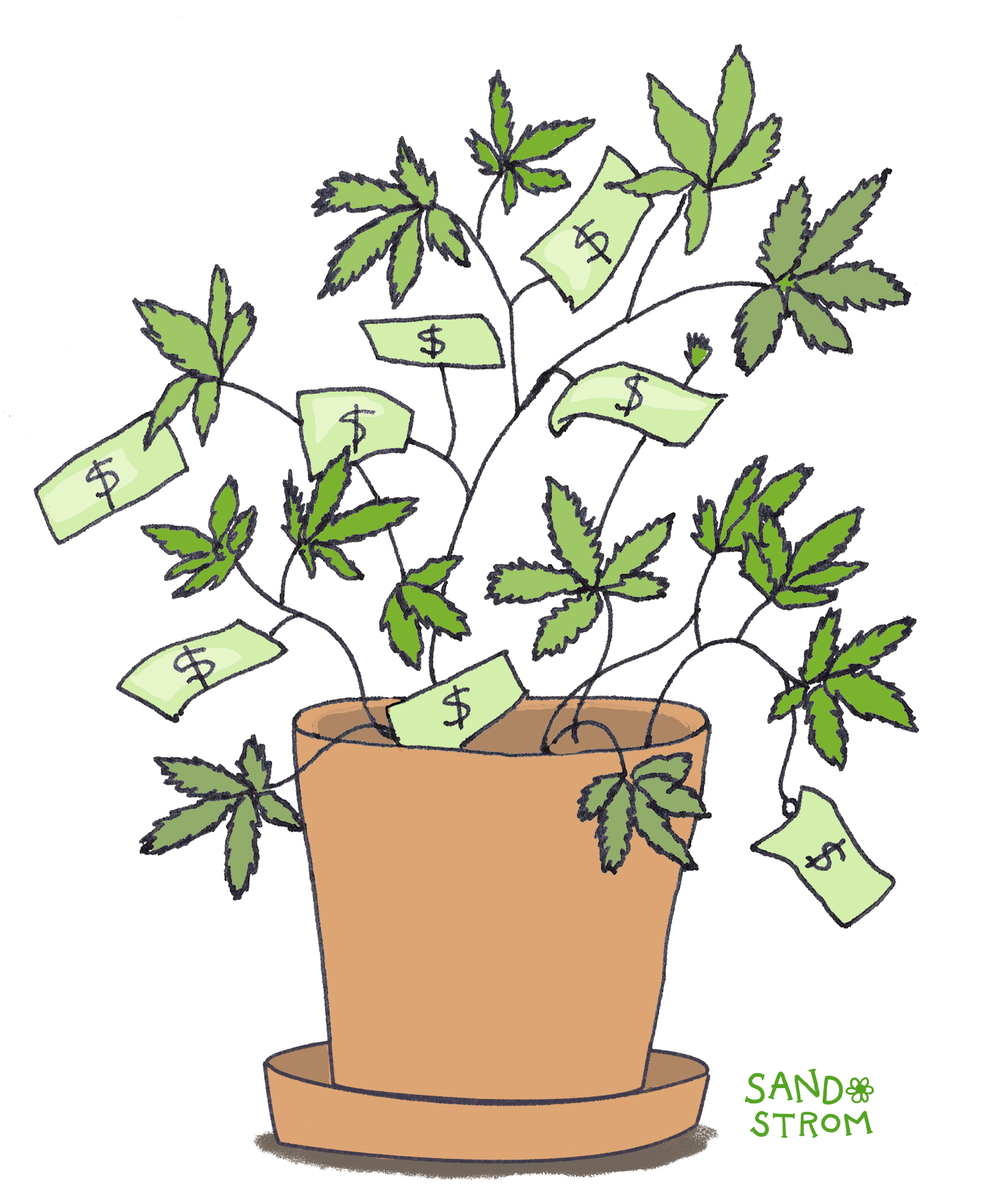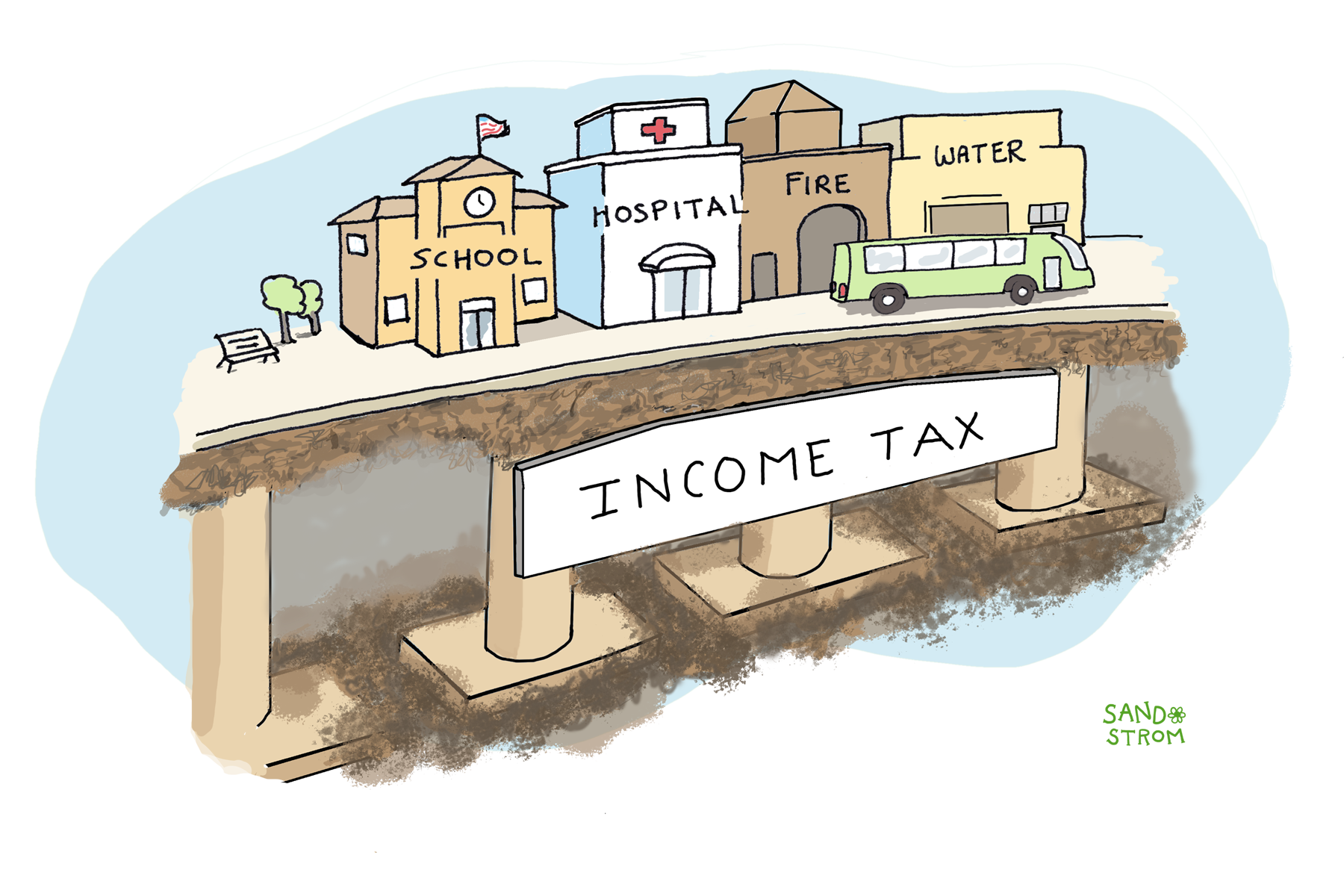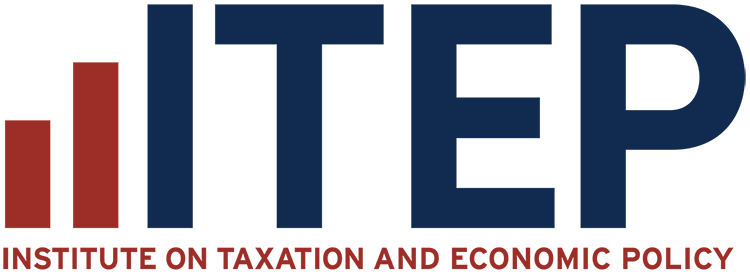A growing number of states are legalizing and taxing cannabis.
Cannabis taxes are raising revenue for education, health care, and addressing substance abuse while encouraging consumers to moderate their use. But high cannabis taxes also mean that low-income communities previously targeted for enforcement now pay a disproportionate share of tax.

In legalizing the sale of cannabis (marijuana) for recreational, non-medical use, states have simultaneously enacted new taxes specific to cannabis.
Most states apply their state sales taxes to the purchase of cannabis in the same way they apply it to most other products that consumers buy. But that’s just a starting point. States almost always have an additional cannabis-specific excise tax, just as they have excise taxes on alcohol, tobacco, and gambling—all levied with an eye toward encouraging moderation and raising revenue to offset potential societal harms. Local governments sometimes tax cannabis sales, too.
Cannabis excise taxes generally are structured in one of two ways. Some states tax cannabis growers and wholesalers based on how much they sell, as measured either by price, weight, or potency. Other states apply taxes at the retail level, usually set as a flat percentage of the sales price, on top of the general sales tax. A few states have both types of cannabis tax.
Cannabis taxes provide substantial revenue for states, often more than they receive from alcohol taxes. This trend might not last; some states that enjoyed an initial burst of revenue from cannabis taxes are now seeing declines as prices fall and other states legalize it and compete for customers. That’s an argument for taxing by weight or potency: If the market price declines – for instance, because more storefronts open, or because neighboring states begin competing for customers – tax revenue stays steady.
Taxing by weight or potency also has the benefit of holding the deterrence power of the tax steady over time. Under price-based taxes, price cuts essentially trigger automatic tax cuts, which erode the ability of the tax to discourage overconsumption. This can be of particular importance to people concerned about cannabis use among youth, who tend to have less disposable income and whose consumption levels are therefore more sensitive to the after-tax price.
Medical cannabis is taxed differently. In states where both recreational and medical cannabis are legal, medical cannabis is typically taxed at a lower rate or sometimes not taxed at all beyond the standard sales tax that might apply to most goods. This can make cannabis more affordable for patients who rely on it to treat medical conditions.
Legalizing cannabis for recreational use has advantages over outright prohibition. Enforcing prohibition by incarcerating sellers and users was (and, in states where it is still illegal, remains) costly both for states and for cannabis users, with particularly high costs for Black and Hispanic communities. And, of course, prohibition means that cannabis sales are happening entirely on a black market with no taxes collected at all.
Once it is legalized, the case for taxing cannabis more heavily than other retail items resembles the arguments for taxing alcohol, cigarettes, and gambling. Using cannabis carries health risks for most users, so cannabis taxes encourage users toward moderation by making it more expensive to buy. In many places, the revenues also help compensate the government for cannabis-related health costs or fund initiatives that address past harms from criminalization.
One of the more vexing problems of cannabis taxation is figuring out how high to set the tax rate. Since legalization of cannabis has not been around very long, there has not been as much research on how taxation affects cannabis use as there has been on, say, tobacco and tobacco taxes. Nonetheless, it is a safe assumption that high cannabis taxes could persuade people, especially young people, to adopt healthier lifestyles, much as high cigarette taxes have done.
But cannabis taxes come with tradeoffs. Most notably, to the extent that people keep using cannabis, much of the effect of these taxes is likely to fall on families of modest economic means. Like other sales and excise taxes, a cannabis tax is regressive. Very high cannabis taxes, therefore, may disadvantage the same communities that legalization is intended to aid.
Related Entries

How Do State and Local Sales Taxes Work?
Sales taxes are the second largest source of revenue for state and local governments. They are an important way we pay for public education, health care, public safety, and other services. But they are also typically the costliest tax for low-income families.

How Do State Excise Taxes Work?
Excise taxes are sales taxes that apply to specific products, such as gasoline, tobacco, or alcohol. Sometimes it’s appropriate to ask consumers of a particular item to pay an especially high tax for various reasons. But even in those circumstances, most current excise taxes are highly regressive.
Learn More
- ITEP (2025). “Taxes on Adult-use Cannabis in Each State.”
- Davis, Carl, and Mike Hegeman (2022). “Cannabis Taxes Outraised Alcohol by 20 Percent in States with Legal Sales Last Year.” ITEP.
- Davis, Carl, Misha Hill and Richard Phillips (2019). “Taxing Cannabis.” ITEP.
- Urban-Brookings Tax Policy Center (2024). “How do state and local cannabis (marijuana) taxes work?”

